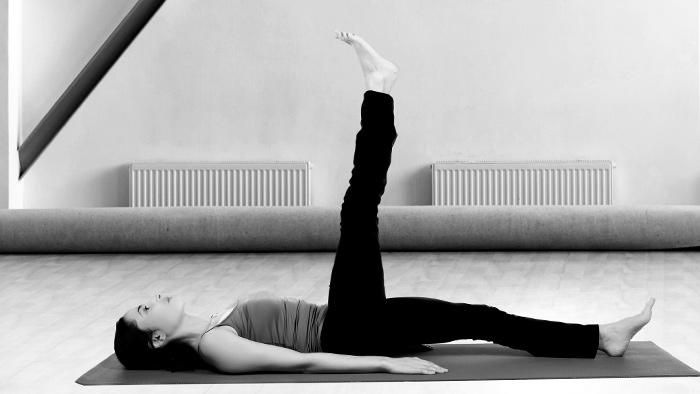“If you’ve abandoned your body, your body will abandon you.” – Ido Portal
As a coach, I have an opportunity to assess mobility and strength in the clients I work with. Clients want to be stronger, faster and perform at higher levels—but most are putting their progress behind by not addressing muscle weakness or imbalances. We can always discover something to optimize or fine-tune.
Moving well is a combination of learning the correct physical skill and troubleshooting the mobility that may be restricting proper movement. Then of course practicing to turn the correct patterns into a habit.
Over the years I’ve researched and collected an extensive library of strength tests and mobility assessments. Gray Cook’s Functional Movement Screen, or FMS, is a series of seven movements assessed and scored for mobility and stability. A modified version, limited to five movements, can easily be used for home testing. Keep in mind that FMS should never be used to predict or eliminate risk of injury. Seek out a qualified strength and conditioning specialist to administer the movement screen if possible.
Functional Movement Screen – Five Movements
Deep Squat
Hurdle Step
Inline Lunge
Active Straight Leg Raise
Seated Rotation
(There are many FMS how-to videos online if you’re unfamiliar with these movements!)
Next Steps – Mobility Hacks
After years of learning from mentors and assessing individuals, it becomes more apparent that a couple of natural movement patterns will help troubleshoot the majority of mobility concerns. There are many methods of improving mobility and variety should be practiced above all, but the primitive squat and a dead hang are two of my favorites.
Primitive Squat
The primary limiters of good squat form are hip flexion, hip external rotation and ankle dorsiflexion range of motion. Progressing depth and length of time spent in a primitive squat as a relaxed position can greatly increase hip and ankle range of motion.
- Stand straight with feet shoulder width, toes forward or slightly turned out.
- Squat down while pushing hips back until you cannot go any lower. Modification for people with a lack of ankle mobility is to place a block approximately 2 inches in height under the heels.
- Maintain a straight spine.
- Lower both arms to the inside of your legs in a prayer position. Your elbows can be used to leverage against the inner thighs for additional groin work.
- Hold the position for a period of 30 seconds up to 30 minutes.
This is a resting sustainable pose with progression in mind. Start with several short sessions of 2 minutes at a time. Increase until you can achieve 30 minutes. Combine the time spent practicing your primitive squat with existential activities like meditation or practical activities such as brushing your teeth. After one week you should notice an improvement of ankle mobility and less tightness of the shin. After two weeks you may notice reduced back tension and better hip mobility. 30 days of practicing a deep primitive squat can change your posture and improve your athletic performance.
Hang for Upper Mobility Health
Our first world lives are comprised of a lot of sitting or standing in a rounded position which closes off the chest and strains the cervical vertebrae. This can lead to permanent imbalances. Rounding of the spine overextends shoulder and back muscles, particularly the trapezius, which connects the neck and shoulders.
In his book, Shoulder Pain? The Solution & Prevention, Dr. John M. Kirsch, an orthopedic surgeon, says that 99% of shoulder pain can be cured and prevented by simply hanging from a bar. While hanging, the space between the acromion and the head of the humerus opens up, potentially relieving any impingement of the rotator cuff tendons.
Use a pull up bar, and start with 10 seconds of hanging, working progressively towards a full minute during the first week. The second week, add additional sets of 30 to 60 seconds. Over a period of one month try to achieve 7 minutes while adding variations of passive and active hanging. Hanging will increase your strength but the primary purpose is mobility gains.
Net – Positive Results
Clients looking for performance gains and better quality of life through improved mobility should invest 20-30 minutes daily on a variety of mobilization techniques. A small investment in your mobility will provide an outcome of greater execution and faster recovery between workout sessions.


